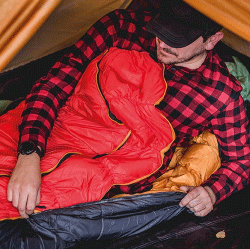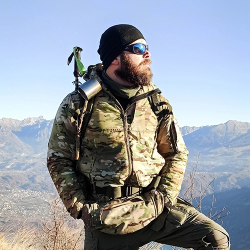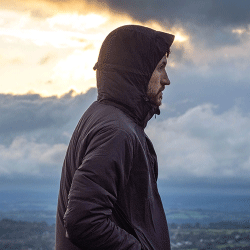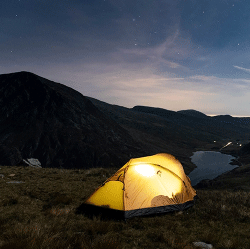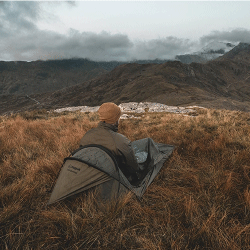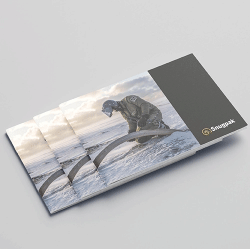

The SNUGPAK 1-2-3-4® Wild Camp System
The Snugpak 1-2-3-4® Wild Camp System:
Wild camping in the UK is both incredibly satisfying and an essential skill when moving into remote environments in a variety of difficult and dangerous terrain, regardless of weather or time of year. Lightweight wild-camping is a stalwart skill for alpine mountaineering, adventure racing or any venture where the threat of benightment is considered possible. Developed by Snugpak® as an easy reminder for wild campers, the 1-2-3-4 System will help you with a good nights sleep.
Remember:
- One Good Nights Sleep requires;
- Two points of access…
- Three working areas…
- Four dimensional safety.
1, Good Nights Sleep requires
Whether intentionally wild-camping, enduring a forced bivouac or doing the best you can for an emergency benightment, being prepared and planning ahead ensures that you can achieve a good nights sleep regardless of environment, terrain and weather. Consider what equipment you need, including the following components of a conventional sleeping system:
A good night’s sleep consists of you being warm, dry and comfortable!
2, Two points of access
When setting up camp, ensure that you haven’t backed yourself into a corner or area from which you can’t escape in an emergency. Have two points of access, normally in the direction of travel. This is of particular importance when camping in valleys, or in mountainous terrain.
In the event of an emergency, can you egress from your campsite in more than one direction?
3, Three working areas
Your campsite, no matter how small, needs three distinct areas: The main area in which you will pitch your tent or bivouac; a cooking and administration area, making sure the risk of a tent fire is kept to the absolute minimum and finally a toilet area.
Cooking within shelters is NOT recommended. Camp stoves, may be required for some wild camps and can burn through a tent in seconds. NEVER use a chemical heat pack inside an enclosed space – set it up and let it simmer a good distance, and down wind, from your shelter.
Remember to avoid areas close to water sources, and if you can’t carry out solid waste, bury it sufficiently so as not to affect other users – at least 50m from where you are camping; no one likes the smell of pooh in the morning!
4, Four dimensional safety
Finally, think of your camp safety in four-dimensions. In winter months, considerable time can be spent in your tent from sunrise to sunset. Look up and down, left and right, forward and back, ensuring that your campsite location is safe. Remember to think in time as well; will your pitched tent be safe in an hour, through the night? What if the weather changes?
Just because your campsite is safe now, as you prepare to sleep, consider what will happen throughout the night.
Shelter used in the article is the Snugpak Stratosphere.

